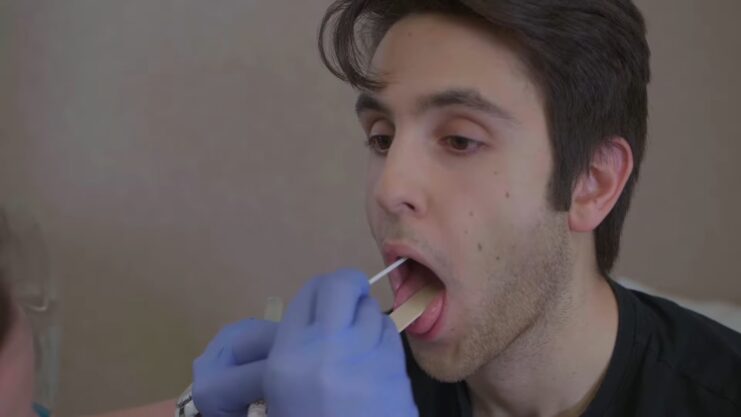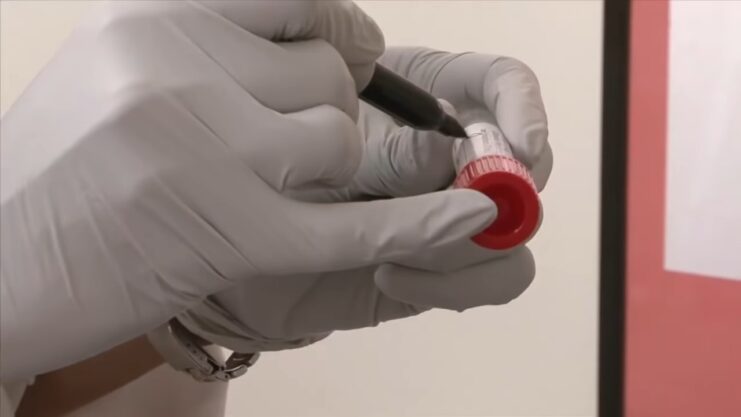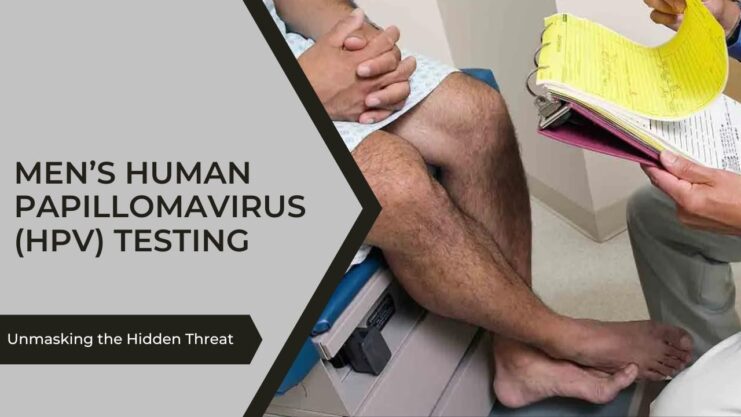Understanding the intricacies of Human Papillomavirus (HPV) testing requires a deep dive into the nature of the virus itself. HPV is a unique virus that takes up residence in our skin and mucosal cells, rather than circulating in our bloodstream. This means that to detect HPV, we must extract skin or mucosal cells, break them apart, and then employ DNA testing techniques to identify the presence of the virus.
This method implies that HPV testing is highly localized. For instance, if we collect a sample from a patient’s mouth and throat, we’re only testing for HPV in those specific areas. If the same individual harbors HPV in another part of their body, like the penis, the test wouldn’t detect it.
Another crucial aspect to bear in mind is that current HPV tests are designed to identify only High Risk Types, specifically Type 16 and 18. Consequently, if a patient is infected solely with Low Risk HPV Types, these tests would fail to identify the infection.
Lastly, it’s important to note that while HPV testing is gaining traction, it’s still not universally accepted. The only officially recommended HPV test is for the cervix in women. That said, the body of scientific evidence supporting HPV testing in other areas is growing. For instance, HPV testing for the anal canal is widely accepted, even though it’s not officially recommended yet. It’s only a matter of time before health policies and recommendations catch up with the scientific evidence.
I take immense pride in the fact that I played a pivotal role in advancing HPV testing. A few years ago, I was the one who compiled and presented the evidence to the lab, convincing them to accept and allow HPV testing of the anal canal.
With These Caveats in Mind, Let Us Now Discuss the Procedures.
1. Mouth / Throat Swab

HPV in the mouth and throat is related to oro-pharyngeal cancer. Remember Michael Douglas?
A brush is used to collect cells from the inner cheek and the sides at the back of the throat. The cells collected are then placed in a special fluid and sent for testing. It is a painless and easy procedure.
Some clinics advise not brushing your teeth or using mouth washes in the morning before the procedure. While I think this is good practice, I personally do not think it makes a big difference. This is because cells from the inner cheek and throat come off rather easily with the brush we use for collection.
2. Anal Swab
HPV in the anus is related to anal cancer. This is extremely high risk in HIV +ve MSM. It is lower risk is everyone else but still a concern.
You do not need to practice receptive anal sex to get HPV in the anus.
The procedure for HPV testing of the anus is also easy and painless. A tiny brush is inserted about 2cm into the anus and rotated. The cells collected are then placed in a special fluid and sent for testing.
There is of course no special preparation required prior to the procedure.
3. Pubic, Penile, Scrotal Swab

HPV is related to Penile Cancer. Shocking but true.
This test is probably the most straightforward and most certainly painless. A brush is used to swab the penis, pubic region and scrotum. The cells collected are then placed in a special fluid and sent for testing.
Some clinics recommend not washing the area for 3 days prior to the test. I certainly think this is good practice however, I think not washing for 1 day is good enough. This is because within 1 day, enough skin cells would have collected for us to get a good sample.
Cost and other admin matters
The lab charges $258 for 1 sample.
Where to swab obviously depends on the type of sexual exposure.
If you’ve only had receptive oral sex (i.e. you used your mouth on your partner’s genitals) you only need a throat and mouth swab.
If you’ve had insertive oral, anal or vaginal sex (i.e. you inserted you penis into your partner’s anus, mouth or vagina OR your pubic area came into contact with your partner’s anus, mouth or vagina even if there was no penetration per se) you need a swab of the pubic region, penis and scrotum.
If you have had receptive anal sex (i.e. your partner inserted his penis in your anus OR your partner’s penis came into contact with your anus even if there was no penetration OR your partner used hi/her mouth on your anus), you need a swab of the anal canal.
Sometimes, what we do is swab the penile, pubic region, scrotum AND anal canal with the same swab brush. This reduces cost but cannot differentiate where the HPV is if it comes back positive.
We of course cannot use the same swab brush for the pubic or anal region and the throat. Hygiene reasons you know.
HPV Vaccines for Men
HPV vaccines has been used in Men for several years now. In fact, in some countries have made it a law that all men and boys get vaccinated for HPV.
HPV vaccines protect men from getting Genital Warts as well as Penile Cancer, Anal Cancer and Throat Cancer.
Epilogue
The landscape of HPV testing in men is rapidly evolving. As we continue to understand more about the virus and its behavior, we are developing more effective ways to detect and prevent it.
The procedures for HPV testing, whether it’s a mouth/throat swab, anal swab, or a pubic, penile, scrotal swab, are becoming more refined and accessible. These tests, while not yet universally accepted, are paving the way for early detection and prevention of HPV-related cancers in men.
Moreover, the advent of HPV vaccines for men marks a significant milestone in our fight against HPV. These vaccines not only protect men from genital warts but also from penile, anal, and throat cancer. In some countries, it’s now mandatory for all men and boys to get vaccinated for HPV, a testament to the recognized importance of this preventive measure.












